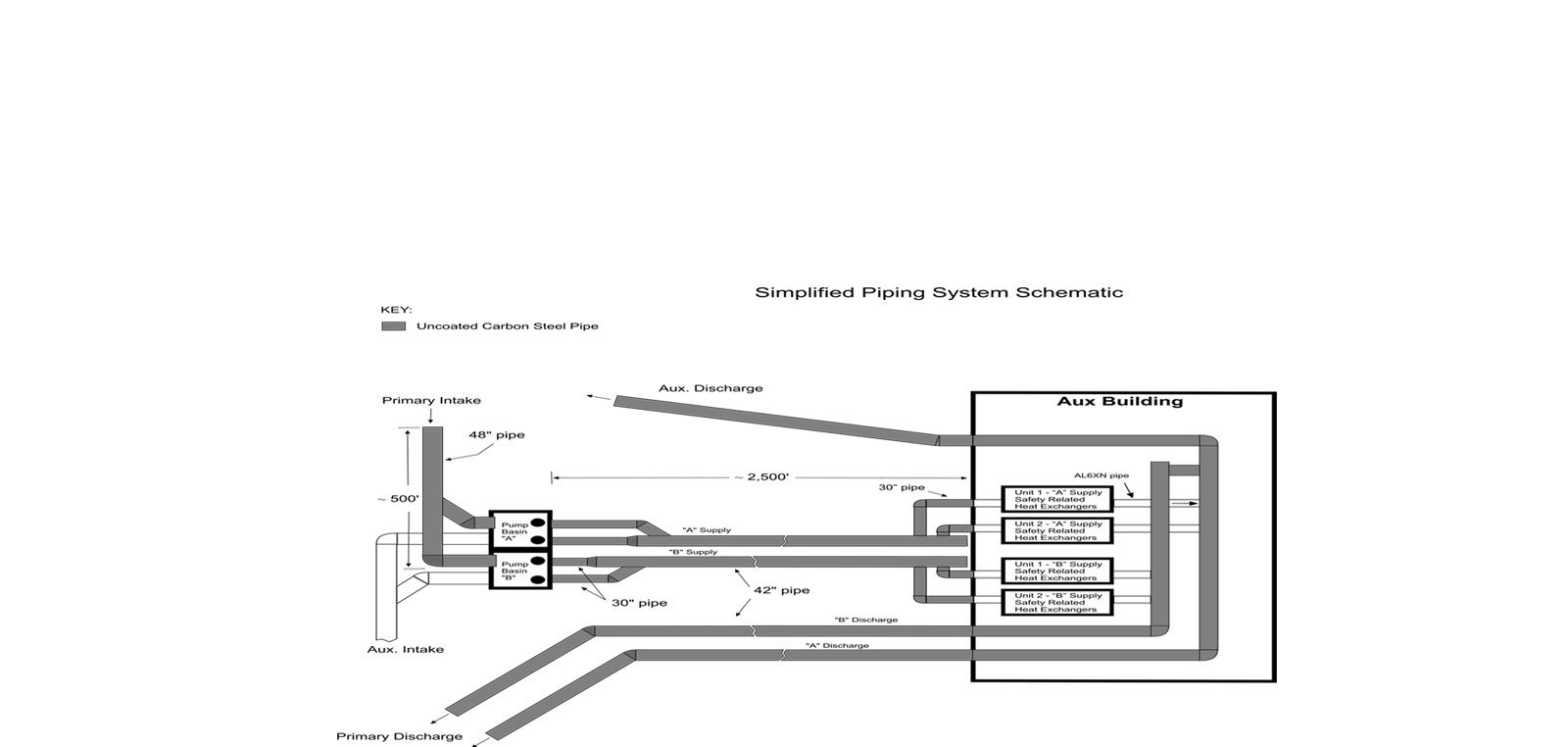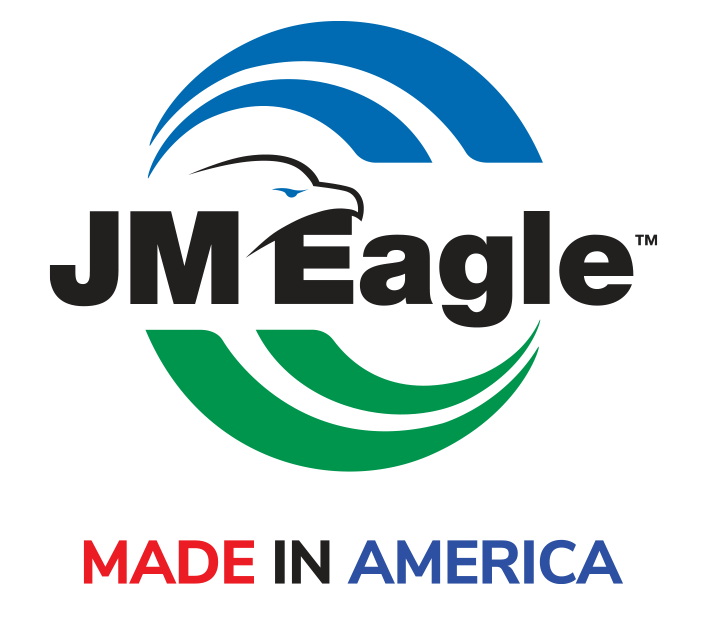
AWIA sets the course for next wave of water infrastructure financing
By Diane VanDe Hei
It has been a popular talking point recently in Washington, D.C. to call for action on some sort of “infrastructure bill” that could stimulate the economy, put Americans to work, and begin to rectify the state of our nation’s roads, bridges, and even our water systems. However, those who have not been watching Capitol Hill closely may have missed the news that last fall Congress approved, and President Donald Trump signed into law, one of the most significant drinking water infrastructure bills in a generation. But even with this sizeable accomplishment, the U.S. Environmental Protection Agency’s (EPA) water infrastructure programs remain at risk of future spending reductions.
Last year’s bill, America’s Water Infrastructure Act, or AWIA, was the latest iteration of biennial water policy legislation known as the Water Resources Development Act, or WRDA. Since the 1970s, Congress has, with mixed success, aimed to enact a new WRDA bill every two years for the purpose of authorizing various flood control, navigation and environmental resource projects carried out by the U.S. Army Corps of Engineers. Starting with the 2014 WRDA bill, however, lawmakers began to demonstrate a growing willingness to use WRDA as a vehicle for approving broader drinking water and wastewater infrastructure initiatives. The 2014 WRDA, for example, created the Water Infrastructure Finance and Innovation Act (WIFIA) program on a five-year pilot basis. The 2016 WRDA authorized several programs to reduce lead in drinking water. Finally, the 2018 WRDA – AWIA – reauthorized WIFIA and the Drinking Water State Revolving Fund (DWSRF) program, thus setting funding targets for congressional appropriators through the 2021 fiscal year.
Read more here: https://bit.ly/2IVfUIt
